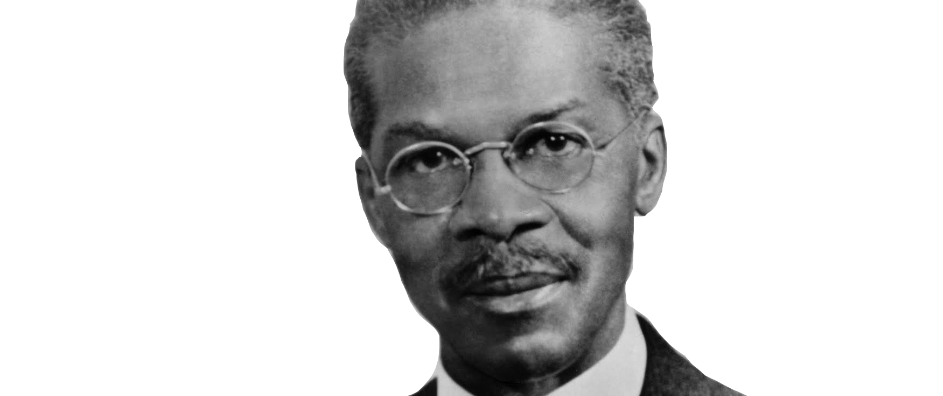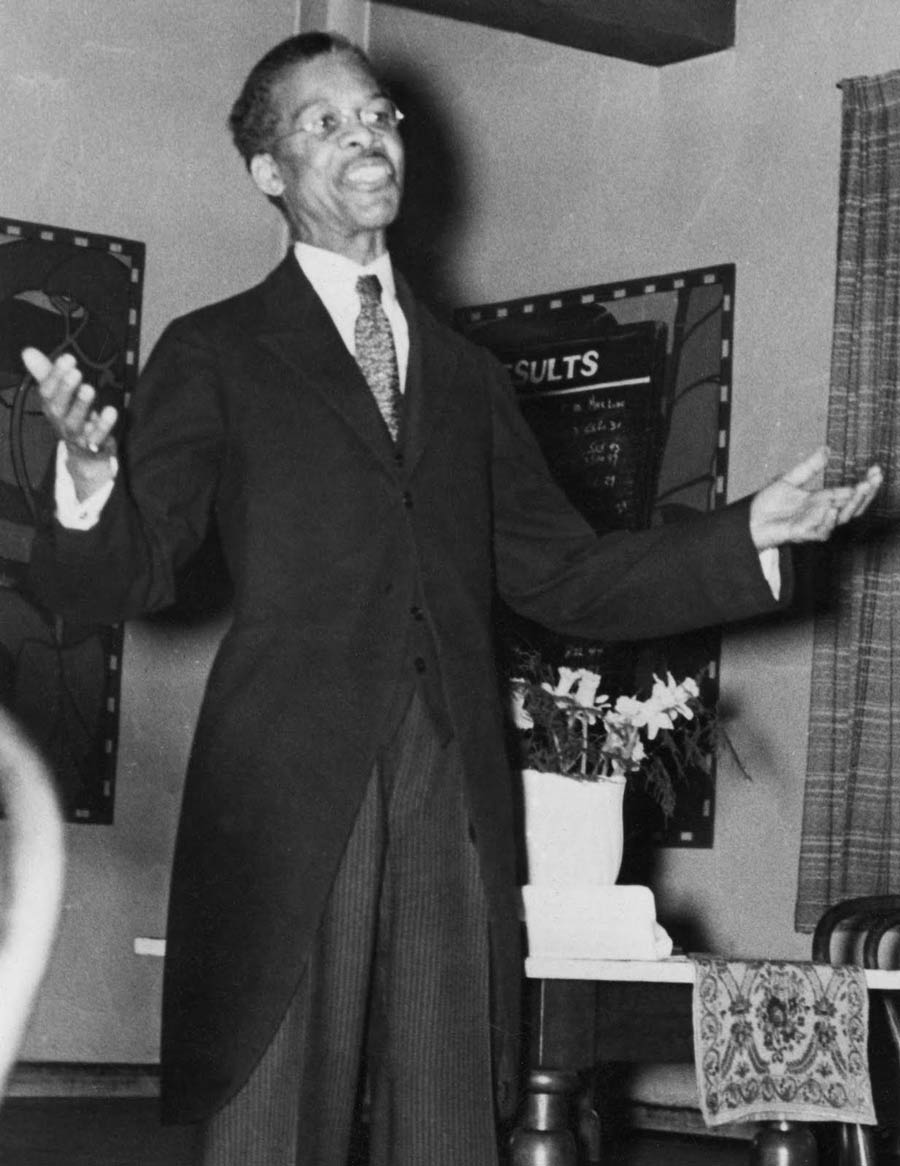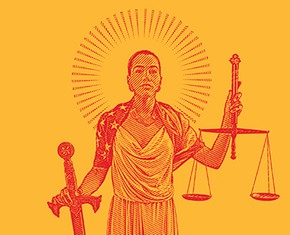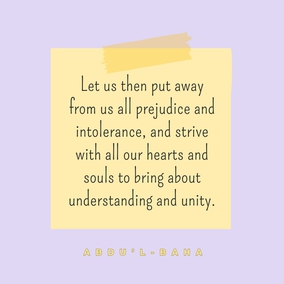The views expressed in our content reflect individual perspectives and do not represent the authoritative views of the Baha'i Faith.
Baha’u’llah, whose name in English means the “Glory of God” or the “Light of God,” is the prophet and founder of the Baha’i Faith.
Baha’u’llah’s followers, known as Baha’is, regard him as the latest messenger from God. Like Christ, Moses, Buddha or Muhammad, Baha’u’llah brought a new Faith with new teachings, now followed by people from every part of the planet. Chiefly, Baha’u’llah taught unity—the oneness of the world’s nations, religions and peoples:
Baha’u’llah has proclaimed the oneness of the world of humanity. He has caused various nations and divergent creeds to unite. He has declared that difference of race and color is like the variegated beauty of flowers in a garden. If you enter a garden, you will see yellow, white, blue, red flowers in profusion and beauty—each radiant within itself and although different from the others, lending its own charm to them. Racial difference in the human kingdom is similar. If all the flowers in a garden were of the same color, the effect would be monotonous and wearying to the eye.
Therefore, Baha’u’llah hath said that the various races of humankind lend a composite harmony and beauty of color to the whole. Let all associate, therefore, in this great human garden even as flowers grow and blend together side by side without discord or disagreement between them. –Abdu’l-Baha, The Promulgation of Universal Peace, p. 69.
Baha’u’llah taught that in this new day, all of humanity should regard themselves as members of one human family. The life of one of Baha’u’llah’s early followers in America, Louis Gregory, illustrates the power and divinity of Baha’u’llah’s life and teachings—and inspired my Baha’i community to start an ongoing annual symposium on race unity.
Louis Gregory was tired but encouraged. He had invitations to speak to three groups while in Austin: the Huston Institute, Tillotson College, and Anderson High School. His topic was race amity or friendship, and his message simple but profound: all human beings are members of one family and must learn to unite. Louis had given up a life of prosperity and comfort to pursue his vision. He was a successful US government attorney in Washington, DC, one of the “talented tenth,” the group of young men who formed the Niagara Movement, dedicated to improving civil rights and access to education for black people in America. However, he had chosen to become a Baha’i and channel his energies and life in a new direction—he chose to travel the United States, particularly the South, listen to his heart, and work for racial amity.
At the time, in the early part of the twentieth century, across the country and the South especially, racial hatred was on the rise, racist Jim Crow laws had gone into effect, and the oppression of people of color, especially black people, had dramatically increased. In Austin in 1906 the city council stated that black people couldn’t use the new city street car system; in 1921 a Ku Klux Klan parade, with participants in full regalia took place through downtown Austin, on Congress Avenue to the state capitol; and in 1928, the Austin city council, following the lead of Southern cities elsewhere, set up official housing segregation in the city, forcing black and other families of color to move to a designated zone in the city or not receive water, sewer, and other city services.
This institutionalized hatred formed the backdrop to Louis Gregory’s historic trip to Austin in 1920. But he was not completely alone when he delivered his message of racial friendship. In addition to the students and administrators who had invited him to speak, one other member of the Baha’i Faith came to Austin that day. Anna Reinke had received a letter telling her of Mr. Gregory’s visit to Austin. Because of racial attitudes at the time, Anna—a white woman—was not able to meet with him. But she did travel in the rain from her rural home to the west of Austin, ride the streetcar to all-black Anderson High School, attend Louis Gregory’s speech to the students at Anderson, and thus integrate the meeting.
Because of Louis Gregory’s efforts, and because fellow Baha’i Anna Reinke was there, too, that 1920 event became one of the first integrated meetings ever held in Texas.
Today, the Austin Baha’i community, believing in the teachings of Baha’u’llah of unity and oneness of all the world’s people, wanted to do something to continue Louis Gregory’s efforts and honor his work. What historic events had taken place in the name of racial unity and race relations, here in Austin, Texas, so long ago!
So, a few years ago, a group of us approached Dr. Larry Earvin, then president of Huston-Tillotson University, the city’s oldest institution of higher learning, and the university born of the merger of the two colleges at which Louis Gregory spoke in 1920. We asked if we could start a race unity symposium in honor of Louis Gregory and his presence at the two now-united schools. He agreed, saying that he thought his university’s students needed to be exposed and shown different points of view and have access to people of all sorts if they were going to be successful in this new globally-oriented world. So, the Louis Gregory Symposium on Race Unity began, with its inaugural event occurring on the Huston-Tillotson campus on March 27, 2007.
The Austin Baha’i community and Huston-Tillotson University have now held this unique race amity symposium, inspired by Louis Gregory and his work for the oneness of humanity, for the past twelve years. We’ve all learned lessons about trying to achieve race unity while working with various participants at the symposiums and other events over the course of those years. Those lessons have made an impact on my heart forever. In the next essay in this series, I’ll try to describe what we’ve learned and what changes I think the symposium has made in improving race amity in Austin, Texas.

















Comments
Sign in or create an account
Continue with Googleor